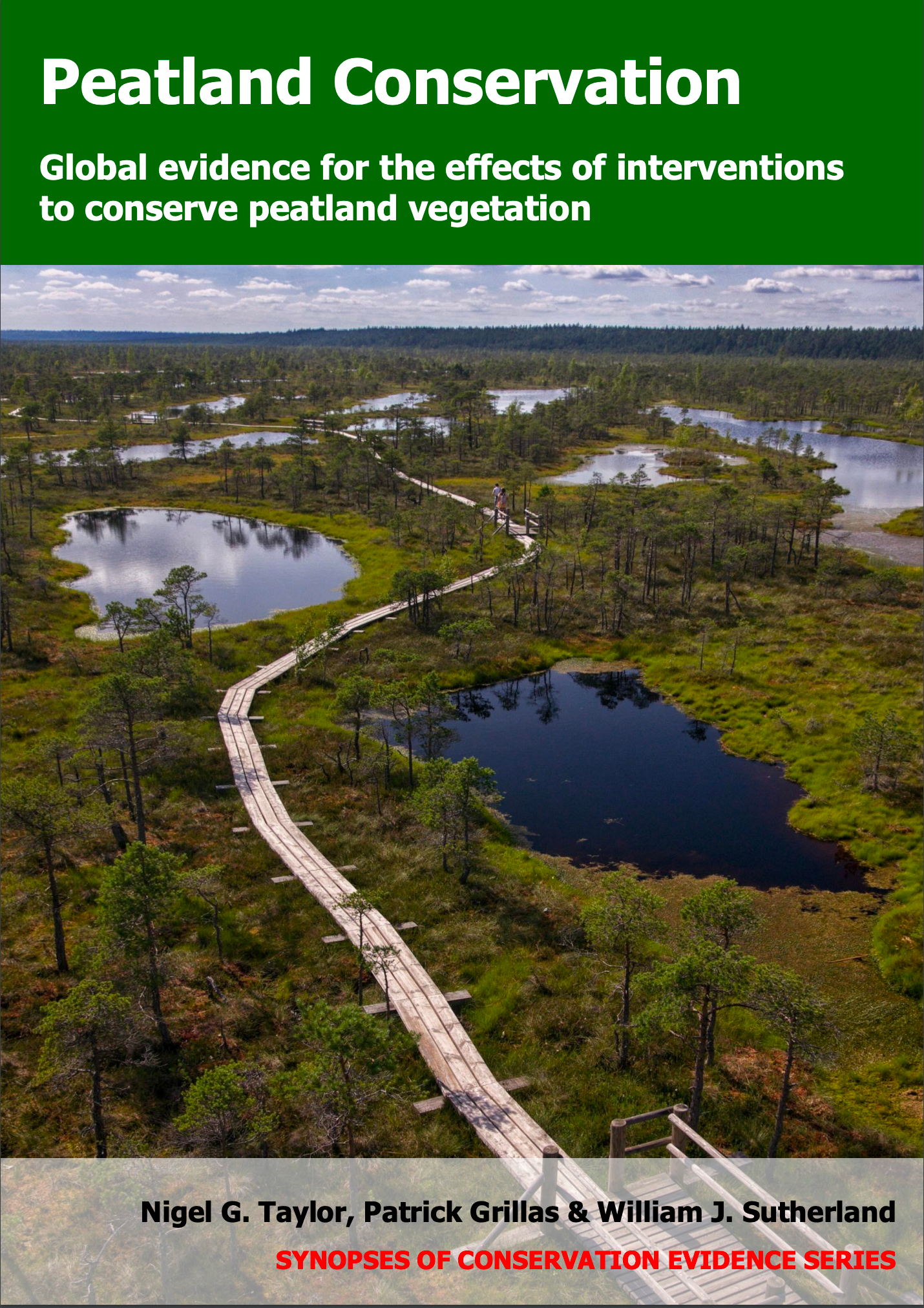Raise awareness amongst the public (general)
-
Overall effectiveness category Unknown effectiveness (limited evidence)
-
Number of studies: 1
View assessment score
Hide assessment score
How is the evidence assessed?
-
Effectiveness
60% -
Certainty
25% -
Harms
0%
Study locations
Supporting evidence from individual studies
A before-and-after study in 1990–2007 in the UK (Alexander et al. 2008) reported that following multiple public awareness campaigns about peat in compost, the proportion of people buying peat free compost increased. These results were not tested for statistical significance. In 2007, 35% of people surveyed had purchased peat free compost, compared to 0% before campaigning in 1990. In 2007, 60% of people surveyed were aware of peat free composts and 47% said that it was very or fairly important that their compost is peat free (no data reported for 1990). The 2007 survey, of 1,811 people, was carried out by a UK do-it-yourself retailer. The study does not report the source of the 1990 data. Awareness-raising was carried out by the Peatlands Campaign Consortium, a group of 10 UK conservation organizations aiming to protect peatlands and increase public awareness of their value and degradation. Specific activities included publishing reports and leaflets, organizing seminars, establishing a National Bog Day and placing education volunteers in garden centres.
Study and other actions tested
Where has this evidence come from?
List of journals searched by synopsis
All the journals searched for all synopses
This Action forms part of the Action Synopsis:
Peatland Conservation
Peatland Conservation - Published 2018
Peatland Conservation





)_2023.JPG)














